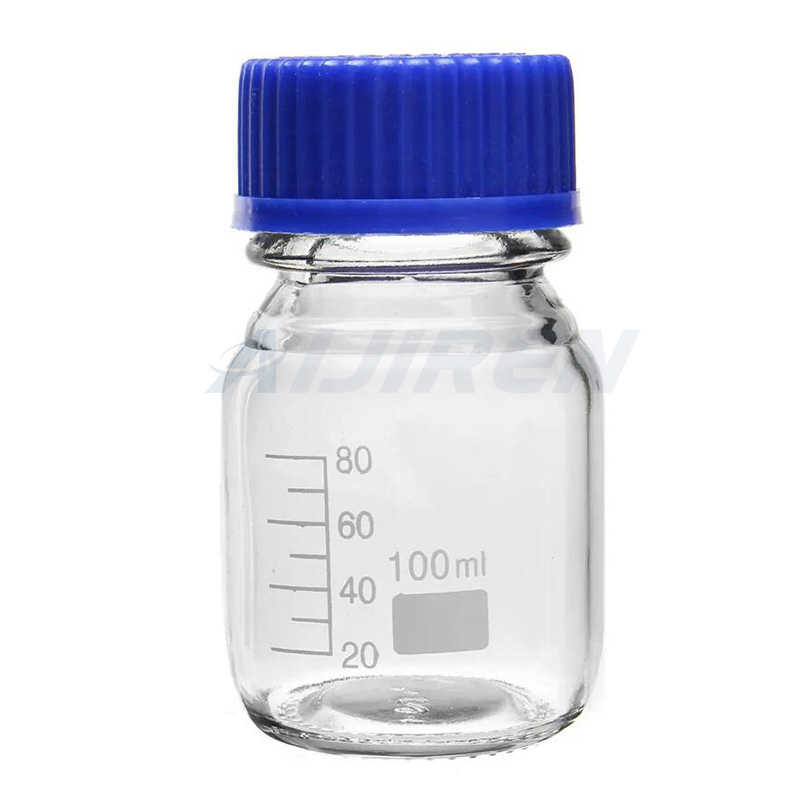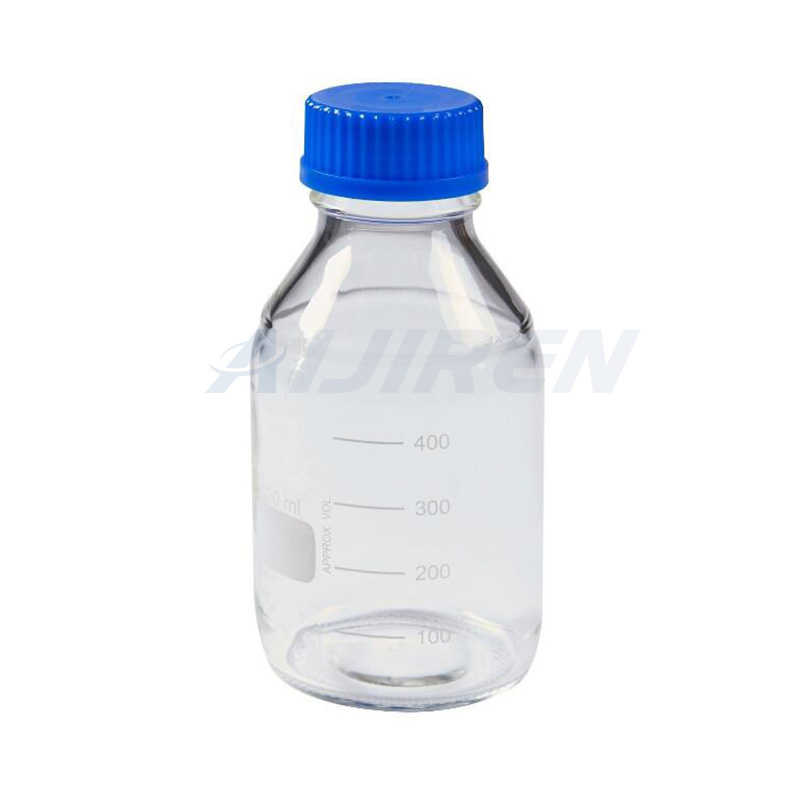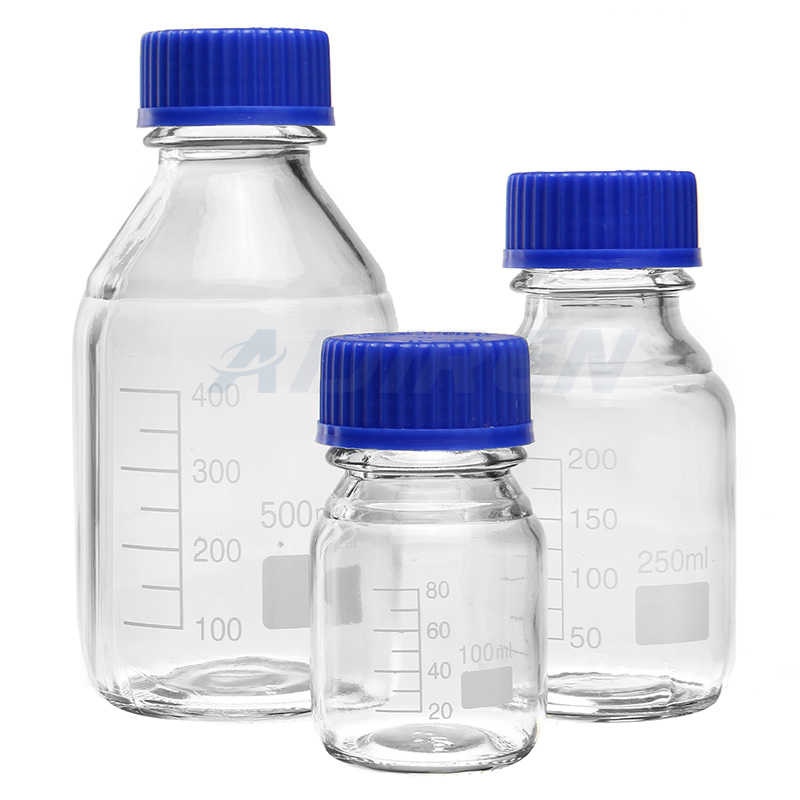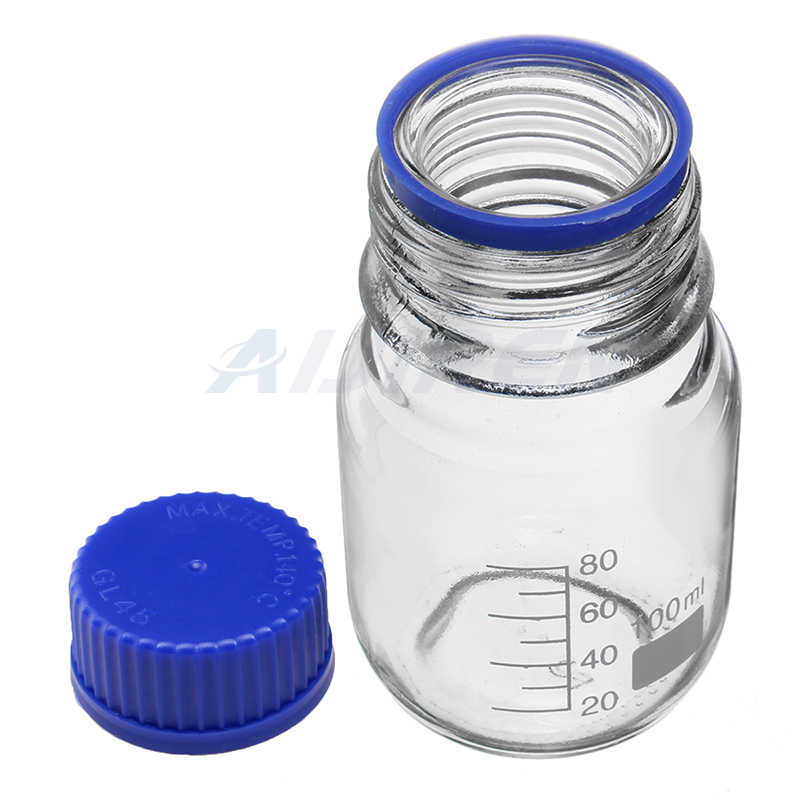Addressing Sample Evaporation with Low-Permeability PTFE Septa
-

Septa Selection Tool | Thermo Fisher Scientific - CY
A specially moulded seal with a PTFE insert. Sealing surface of Butyl and PTFE affects a more positive seal than non-PTFE-faced septa. Ideal choice for temperatures below 125°C. Good sealing characteristics, excellent resistance to most solvents with reduced coring and high puncture tolerance. PTFE provides increased chemical resistance.
Get Price -
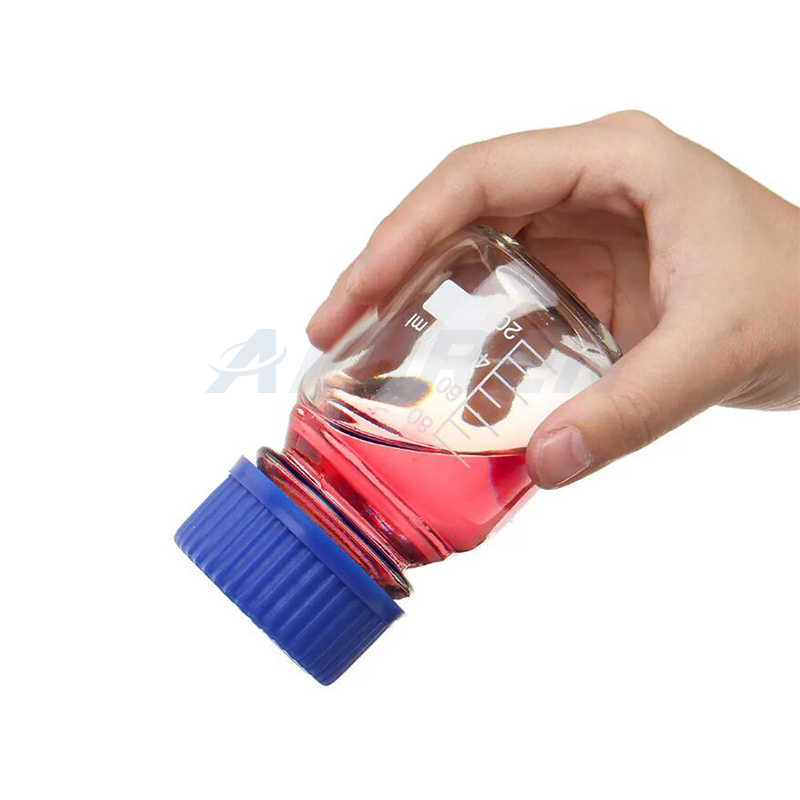
Septa Selection Tool | Thermo Fisher Scientific - TH
A specially moulded seal with a PTFE insert. Sealing surface of Butyl and PTFE affects a more positive seal than non-PTFE-faced septa. Ideal choice for temperatures below 125°C. Good sealing characteristics, excellent resistance to most solvents with reduced coring and high puncture tolerance. PTFE provides increased chemical resistance.
Get Price -

Septa Selection Tool | Thermo Fisher Scientific - MX
A specially moulded seal with a PTFE insert. Sealing surface of Butyl and PTFE affects a more positive seal than non-PTFE-faced septa. Ideal choice for temperatures below 125°C. Good sealing characteristics, excellent resistance to most solvents with reduced coring and high puncture tolerance. PTFE provides increased chemical resistance.
Get Price -
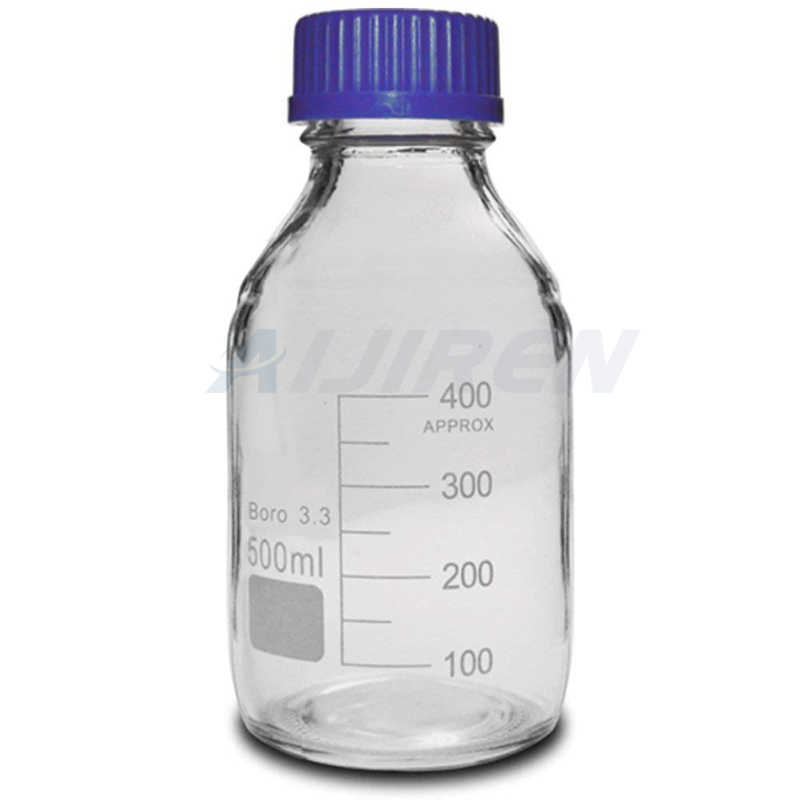
Septa Selection Tool | Thermo Fisher Scientific - UK
A specially moulded seal with a PTFE insert. Sealing surface of Butyl and PTFE affects a more positive seal than non-PTFE-faced septa. Ideal choice for temperatures below 125°C. Good sealing characteristics, excellent resistance to most solvents with reduced coring and high puncture tolerance. PTFE provides increased chemical resistance.
Get Price -

Septa selection guide
the solvent. PTFE/Silicone septa are ideal for use in most HPLC and GC applications where resealability and purity are critical. Pre-slit PTFE/silicone septa Pre-slit septa are offered in many of the same formulations as for non-slit PTFE/silicone septa and shares most of the physical and chemical characteristics.
Get Price -

Septa Selection Tool | Thermo Fisher Scientific - ES
A specially moulded seal with a PTFE insert. Sealing surface of Butyl and PTFE affects a more positive seal than non-PTFE-faced septa. Ideal choice for temperatures below 125°C. Good sealing characteristics, excellent resistance to most solvents with reduced coring and high puncture tolerance. PTFE provides increased chemical resistance.
Get Price -
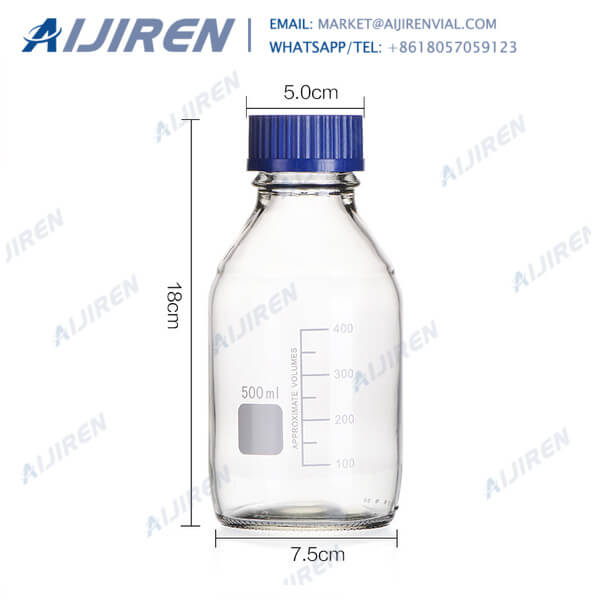
Septa Selection Tool | Thermo Fisher Scientific - EG
A specially moulded seal with a PTFE insert. Sealing surface of Butyl and PTFE affects a more positive seal than non-PTFE-faced septa. Ideal choice for temperatures below 125°C. Good sealing characteristics, excellent resistance to most solvents with reduced coring and high puncture tolerance. PTFE provides increased chemical resistance.
Get Price -
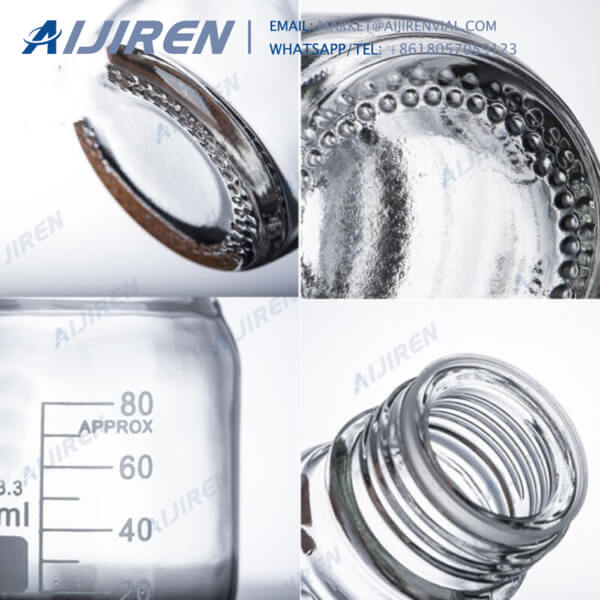
Septa Selection Tool | Thermo Fisher Scientific - ID
A specially moulded seal with a PTFE insert. Sealing surface of Butyl and PTFE affects a more positive seal than non-PTFE-faced septa. Ideal choice for temperatures below 125°C. Good sealing characteristics, excellent resistance to most solvents with reduced coring and high puncture tolerance. PTFE provides increased chemical resistance.
Get Price -
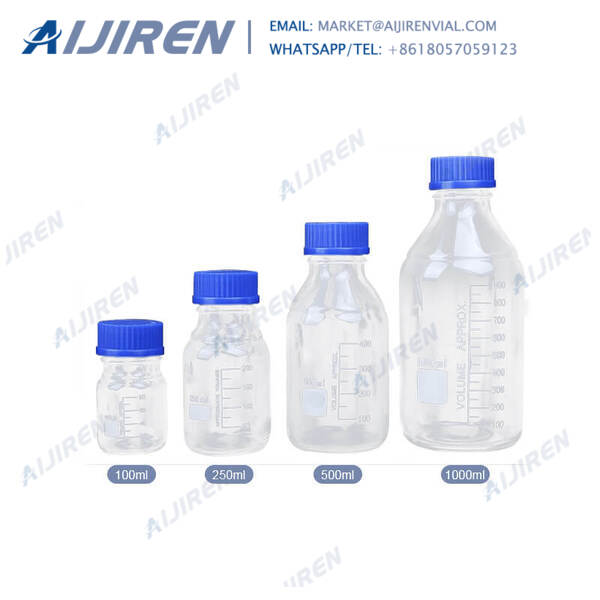
Septum Selection Guide Vials and Closures - Fisher Sci
Septum Selection Guide Septa for use with general chromatography vials, liquid injection 2-056 PTFE/Natural Red Rubber PTFE Natural Red Rubber are moderately priced seals for GC and HPLC with good chemical properties. They are ideal for multiple injections due to high resealability, but not as easy to penetrate as PTFE/RR.
Get Price -
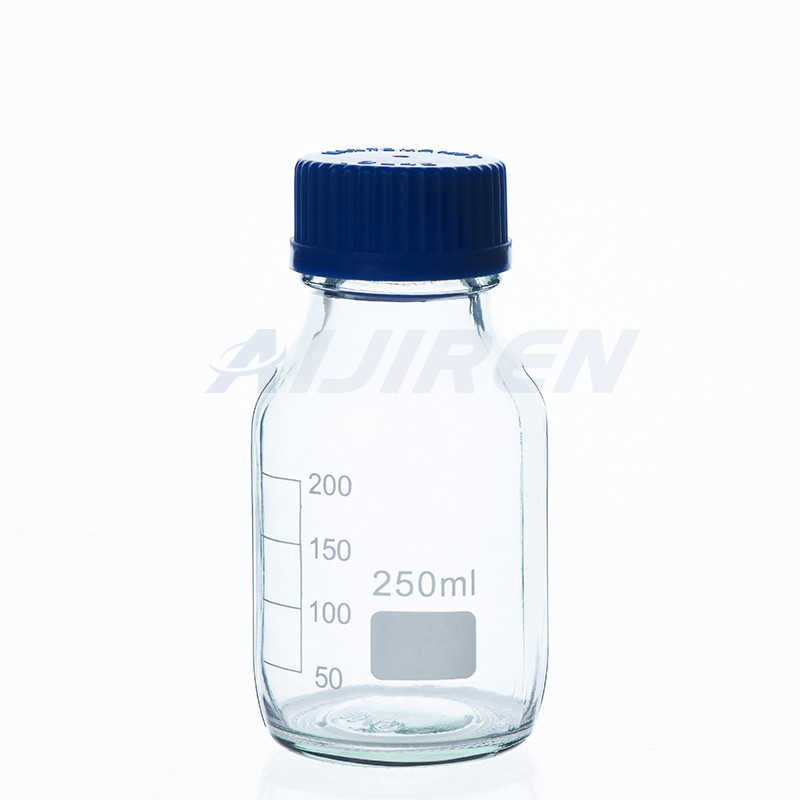
Septa Selection Tool | Thermo Fisher Scientific - PR
A specially moulded seal with a PTFE insert. Sealing surface of Butyl and PTFE affects a more positive seal than non-PTFE-faced septa. Ideal choice for temperatures below 125°C. Good sealing characteristics, excellent resistance to most solvents with reduced coring and high puncture tolerance. PTFE provides increased chemical resistance.
Get Price -
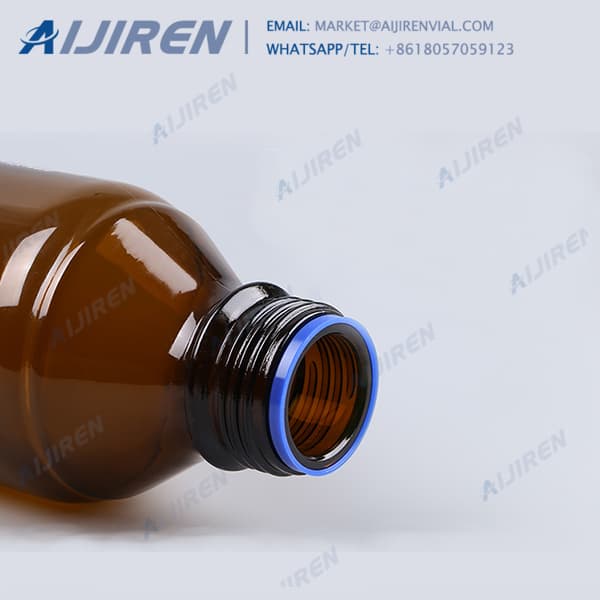
Septa Selection Tool | Thermo Fisher Scientific - US
A specially moulded seal with a PTFE insert. Sealing surface of Butyl and PTFE affects a more positive seal than non-PTFE-faced septa. Ideal choice for temperatures below 125°C. Good sealing characteristics, excellent resistance to most solvents with reduced coring and high puncture tolerance. PTFE provides increased chemical resistance.
Get Price -

Septa Selection Tool | Thermo Fisher Scientific - TR
A specially moulded seal with a PTFE insert. Sealing surface of Butyl and PTFE affects a more positive seal than non-PTFE-faced septa. Ideal choice for temperatures below 125°C. Good sealing characteristics, excellent resistance to most solvents with reduced coring and high puncture tolerance. PTFE provides increased chemical resistance.
Get Price -
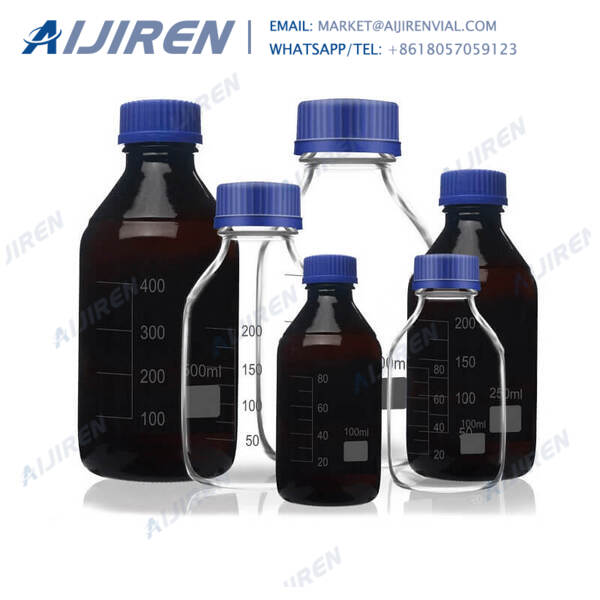
Septa Selection Tool | Thermo Fisher Scientific - NG
A specially moulded seal with a PTFE insert. Sealing surface of Butyl and PTFE affects a more positive seal than non-PTFE-faced septa. Ideal choice for temperatures below 125°C. Good sealing characteristics, excellent resistance to most solvents with reduced coring and high puncture tolerance. PTFE provides increased chemical resistance.
Get Price -
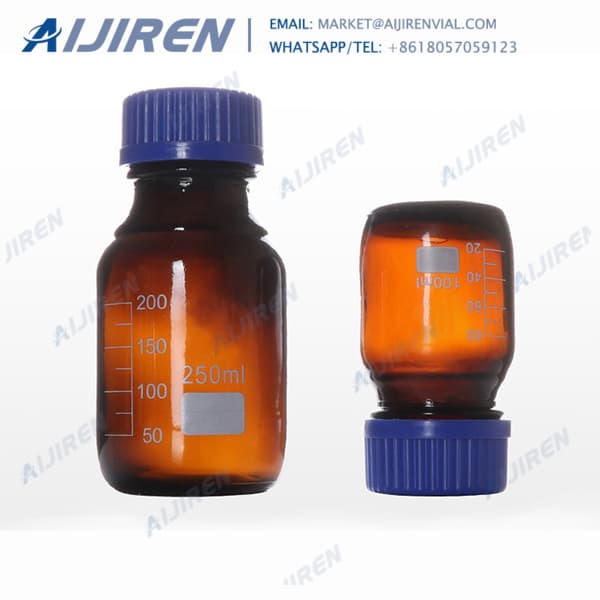
Septa Selection Tool | Thermo Fisher Scientific - IO
A specially moulded seal with a PTFE insert. Sealing surface of Butyl and PTFE affects a more positive seal than non-PTFE-faced septa. Ideal choice for temperatures below 125°C. Good sealing characteristics, excellent resistance to most solvents with reduced coring and high puncture tolerance. PTFE provides increased chemical resistance.
Get Price -
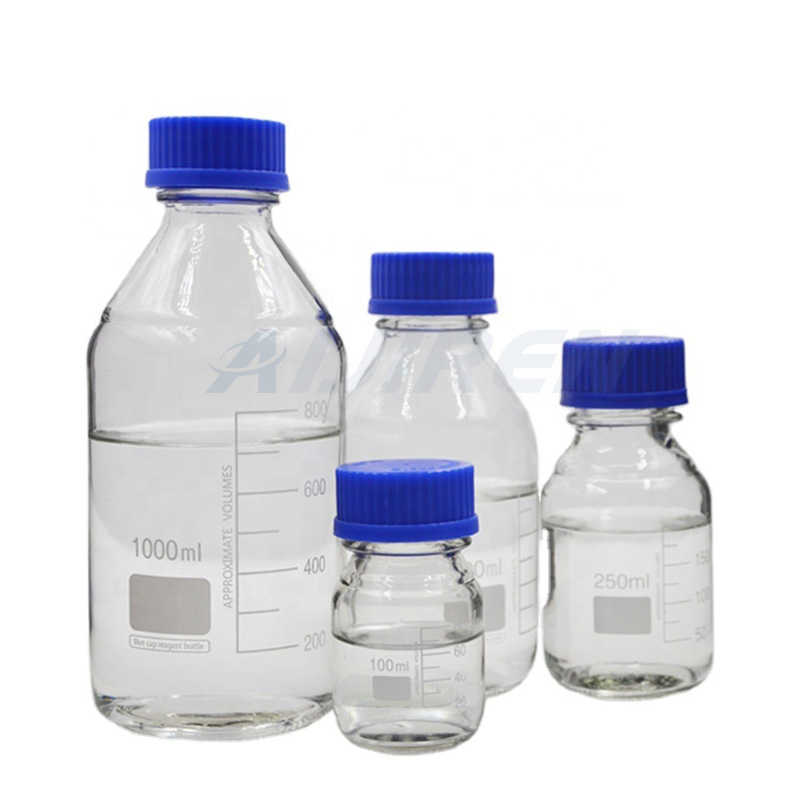
Septa Selection Guide - Thermo Fisher Scientific
Thin, fragile needle? Soft and thin septa required e.g. silicone/ PTFE Blunt, thick needle? Slit/pre- cut liner as penetration aid (HPLC) silicone/ PTFE, slit Critical analysis? Very clean liner required
Get Price

